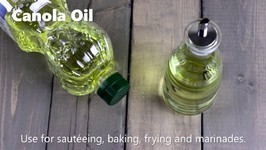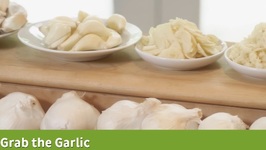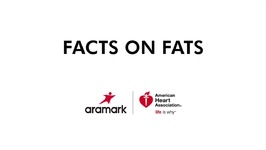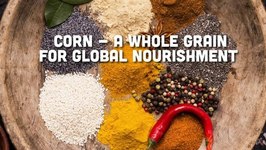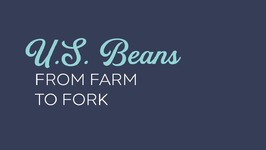How To Make Self Raising Vs. Self Rising Flour - What Is It?
Youre looking for a Self Rising Flour substitute recipe. Or maybe youre looking for a Self Raising Flour substitute recipe Did you know that Self Rising Flour is different that Self Raising Flour? Do you know whats in Self Rising Flour? Do you know whats in Self Raising Flour? So many questions about the differences between self rising and self raising, and how is self rising different than all purpose flour? Or Plain flour? How do you make Self Raising Flour? How do you make Self Rising Flour? Heres the deal Self Raising Flour was patented in England in 1845 by baker Henry Jones. Self Raising Flour is a mixture of flour, and baking powder that ensures small cakes and quick breads will raise. Self Rising Flour is found in the U.S. and is a mixture of flour, baking powder and salt so slightly different than self raising. The actual amounts of each ingredient will vary by brand, but generally the UK self raising flour will have more baking powder than its U.S. self rising flour counterpart. It gets even more confusing in that some brands are made with all purpose flour (or plain flour), while other brands are made with cake or pastry flour
To Make Self Raising Flour:
1 cup (250 mL / 140g) all purpose flour
2 tsp (10 mL) baking powder
Whisk together.
To Make Self Rising Flour:
1 cup (240 mL / 120g) all purpose flour
1 tsp (7 mL) baking powder
tsp salt
Whisk together.





